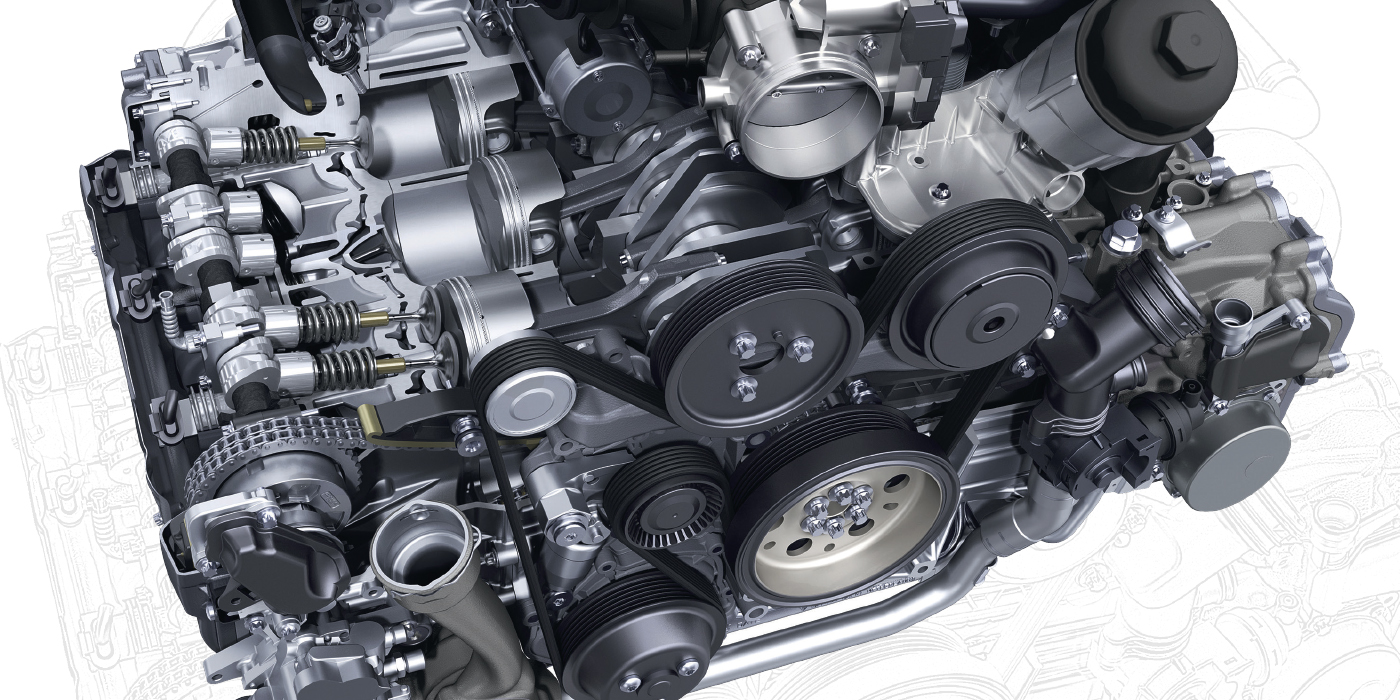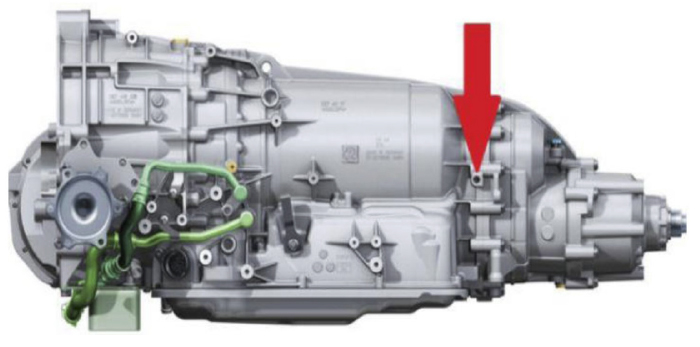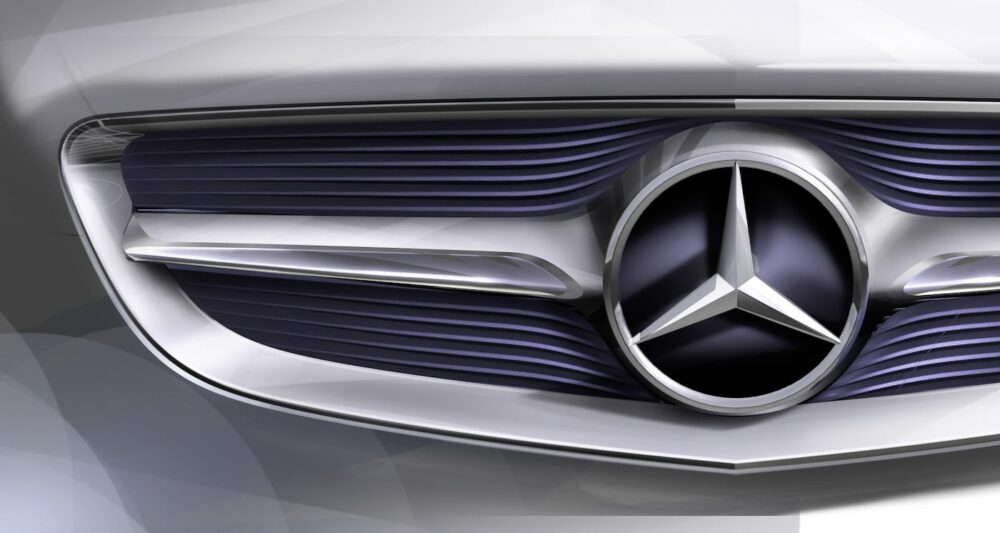Nitrogen in tires is no longer just for car enthusiasts and commercial vehicle fleets. Used for years in space shuttle and commercial aircraft tires, race car, military vehicle and off-road truck tires, nitrogen has become a popular replacement for standard air at many tire dealers. Among nitrogen’s advantages are improvements in tire pressure retention, improved fuel economy (claims have been made for 5% or better), better vehicle handling and cooler tire running temperatures.
Other benefits include eliminating oxygen from inside the tire casing that can age and weaken rubber compounds, and removing moisture that can lead to wheel rust and corrosion of valves and belt packages. Nitrogen does not support combustion, has no smell and is generally non-reactive with tire components. It offers improved TPMS performance with fewer faults – presumably from less tire pressure fluctuation due to the absence of water vapor. Race teams are said to use nitrogen so they can more accurately predict tire pressure fluctuation and improve performance.
A tire filled with compressed air can lose 1.5 psi in less than a month. Because of its larger molecular size, nitrogen migrates through a tire three to four times slower than oxygen, experts say. So, nitrogen helps maintain proper tire pressure longer, keeping tires within their safe operating pressure, while saving fuel and reducing emissions.
Nitrogen has become the choice where safety is a concern. Its introduction and acceptance in the passenger tire market was slowed by the cost of the equipment needed to generate and administer it – some nitrogen generating machines can cost upwards of $8,000. There is ROI if one can charge $5 per tire for a purge and fill. Regular nitrogen inflation and topoffs can be used to build traffic and retain customers.
Although 78% of the air we breathe is nitrogen (21% is oxygen and 1% is other gases), obtaining adequately pure nitrogen has been a problem. Manufacturer recommendations call for a purity level between 93% and 98%. Research has shown that nitrogen purity above 93.4% in passenger tires actually allows oxygen, an unwelcome intruder, to begin to migrate back into the tire.
Less expensive nitrogen inflators often use bottled nitrogen from industrial gas suppliers. These units offer portability and simplicity, but require delivery and maintenance of a steady supply of tanks. More expensive units generate nitrogen by using gas-permeable membranes that separate the nitrogen from a compressed air supply. When they are filled with air at high pressures, the smaller gas molecules leak out, leaving the larger nitrogen molecules to travel into a holding tank.
The efficiency of the membranes and storage capacity determines the cost of these units, as well as their cfm rating (2 to 12 scfm or more) and automated purge and fill features. Look for a system that will double purge and fill up to at least four tires simultaneously. The faster the cycle, the better (10 minutes per cycle has been a benchmark). Note, however, that the membranes can become clogged and degraded over time, requiring more work from the air compressor to produce a similar amount of nitrogen. Lower ambient temperatures can also reduce output. Lately, even the larger membrane-based machines have become portable, allowing them be rolled to a car outside or used in the bay.
Article courtesy of TIRE REVIEW magazine.













